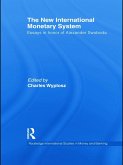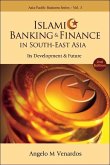Since late 2002 there have been many disputes and discussions around the world on whether or not the Chinese yuan (CNY), or renminbi (RMB), should be revalued. Based on various arguments and discussions, the CNY has been expected to be revalued worldwide, as evidenced by the significant premiums for the CNY non-deliverable forwards in the offshore marketplace. With the CNY revaluation perspectives, hundreds of billions of US dollars have been invested in various types of CNY-related derivatives products. The purpose of this book is not to tell the reader whether the RMB should be revalued, or by how much it should be revalued, as these questions are the work of economists. Instead, as a derivatives specialist with more than te years' experience in the international financial market and with working experience in China in the past few years, the author presents trading of CNY-related derivatives products in the offshore marketplace. The book is organized into five parts. The first part familiarizes readers with the Chinese economy in transition and the Chinese financial market, so that they can make their own judgment as to whether or not the CNY should be revalued. Part II presents major foreign exchange derivatives trading in organized exchanges and the over-the-counter marketplace around the world. Part III reviews what foreign exchange products were involved both before and during the Asian financial crisis, because many of them were used to speculate or hedge against devaluations of the Asian currencies. Part IV studies various CNY-related derivatives products and embedded derivatives products. Finally, Part V examines the possible impacts of these derivatives products on the CNYexchange rate, based on the experiences of other currencies such as the Korean won and the New Taiwan dollar.








